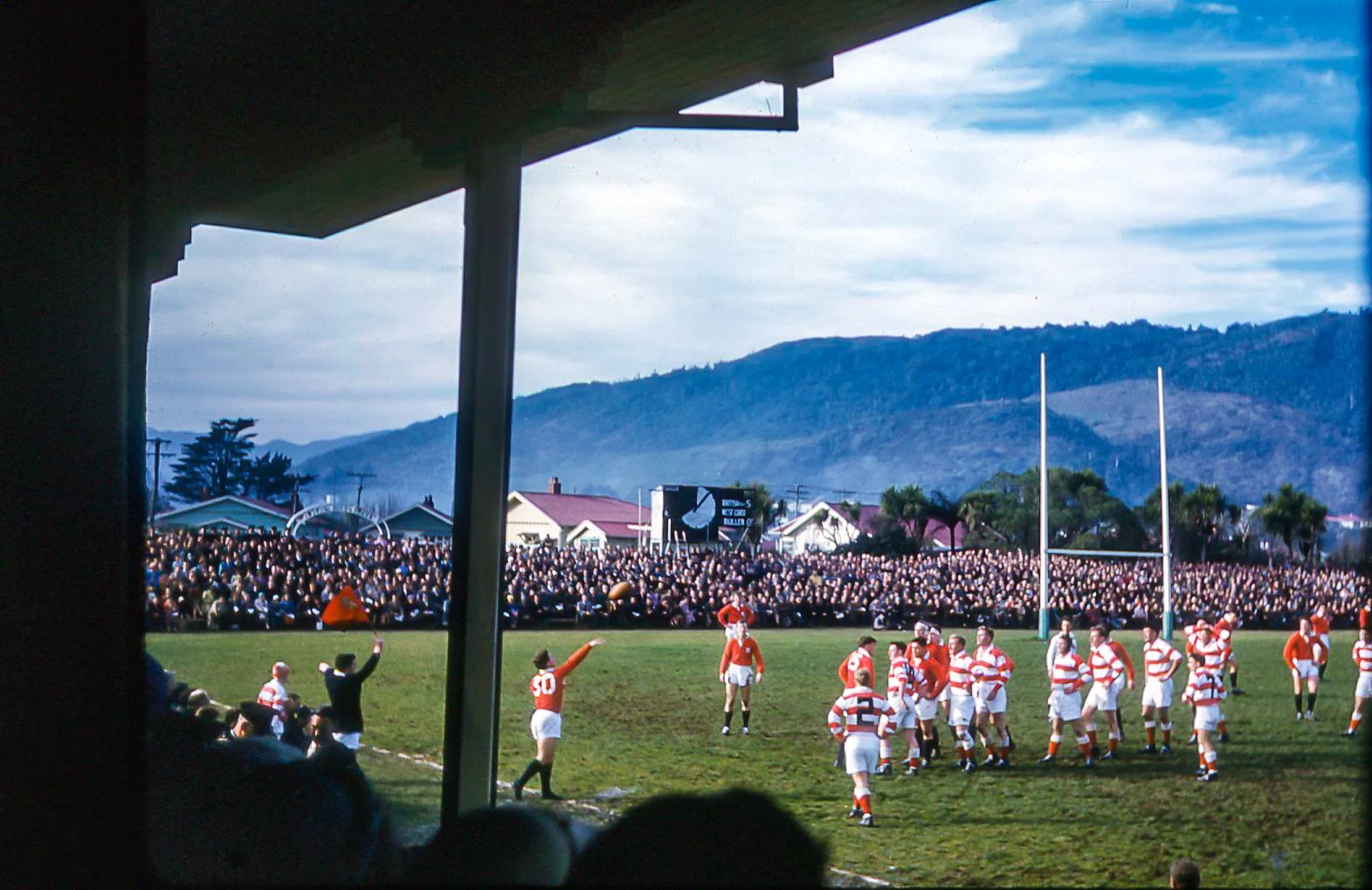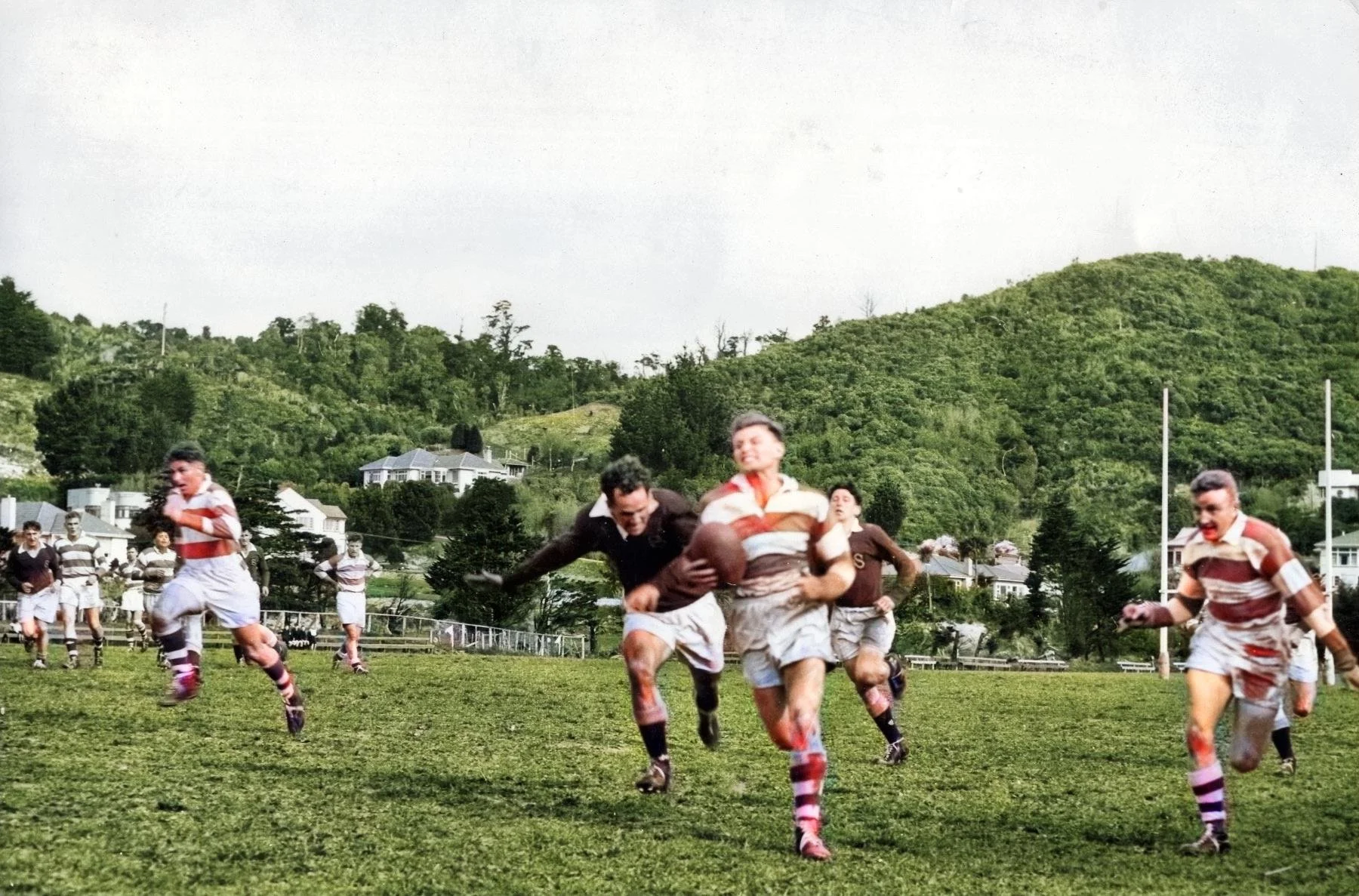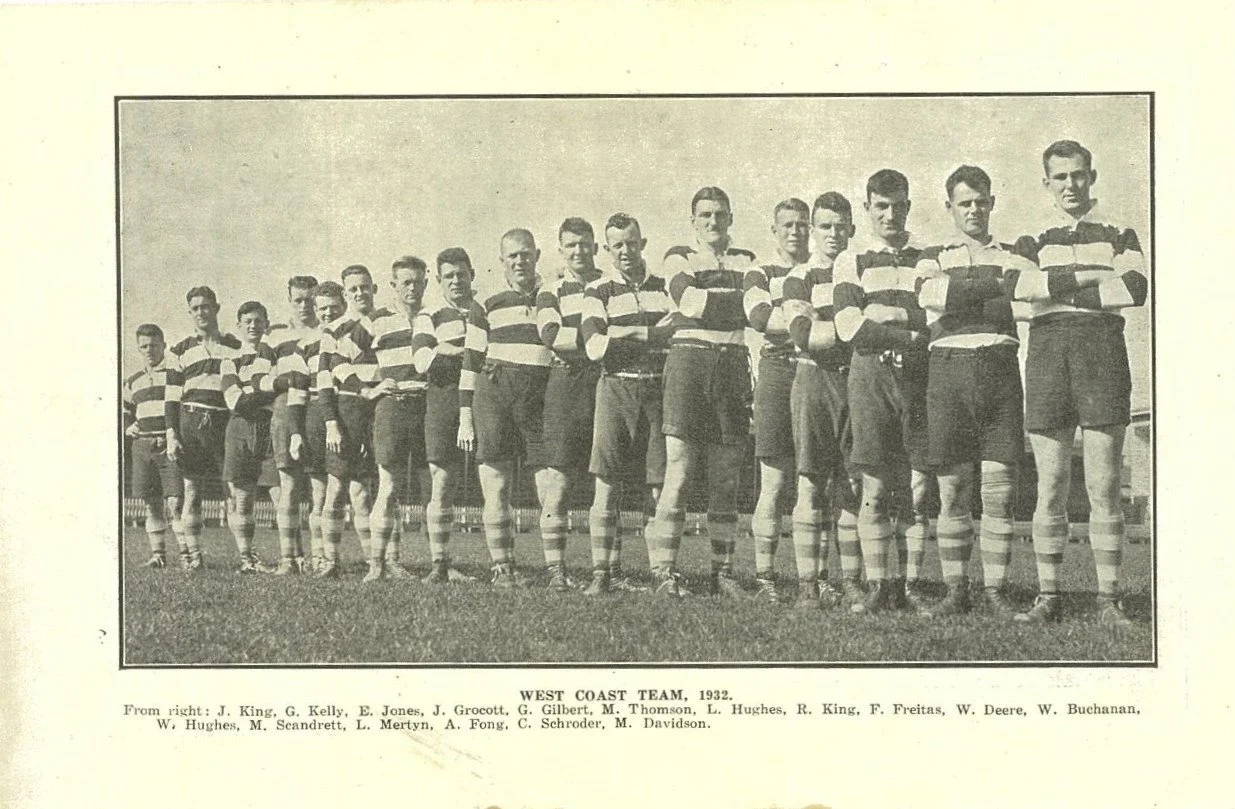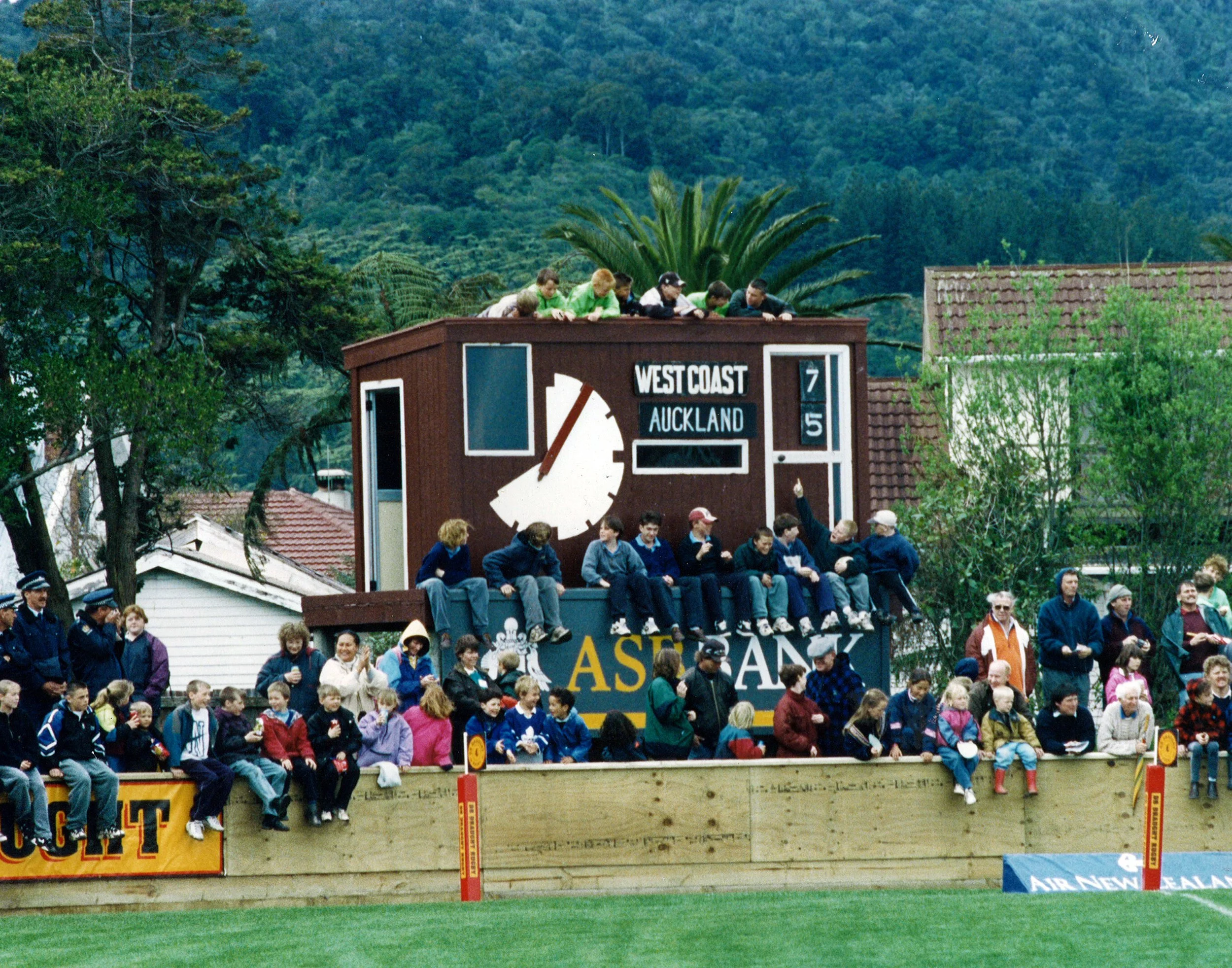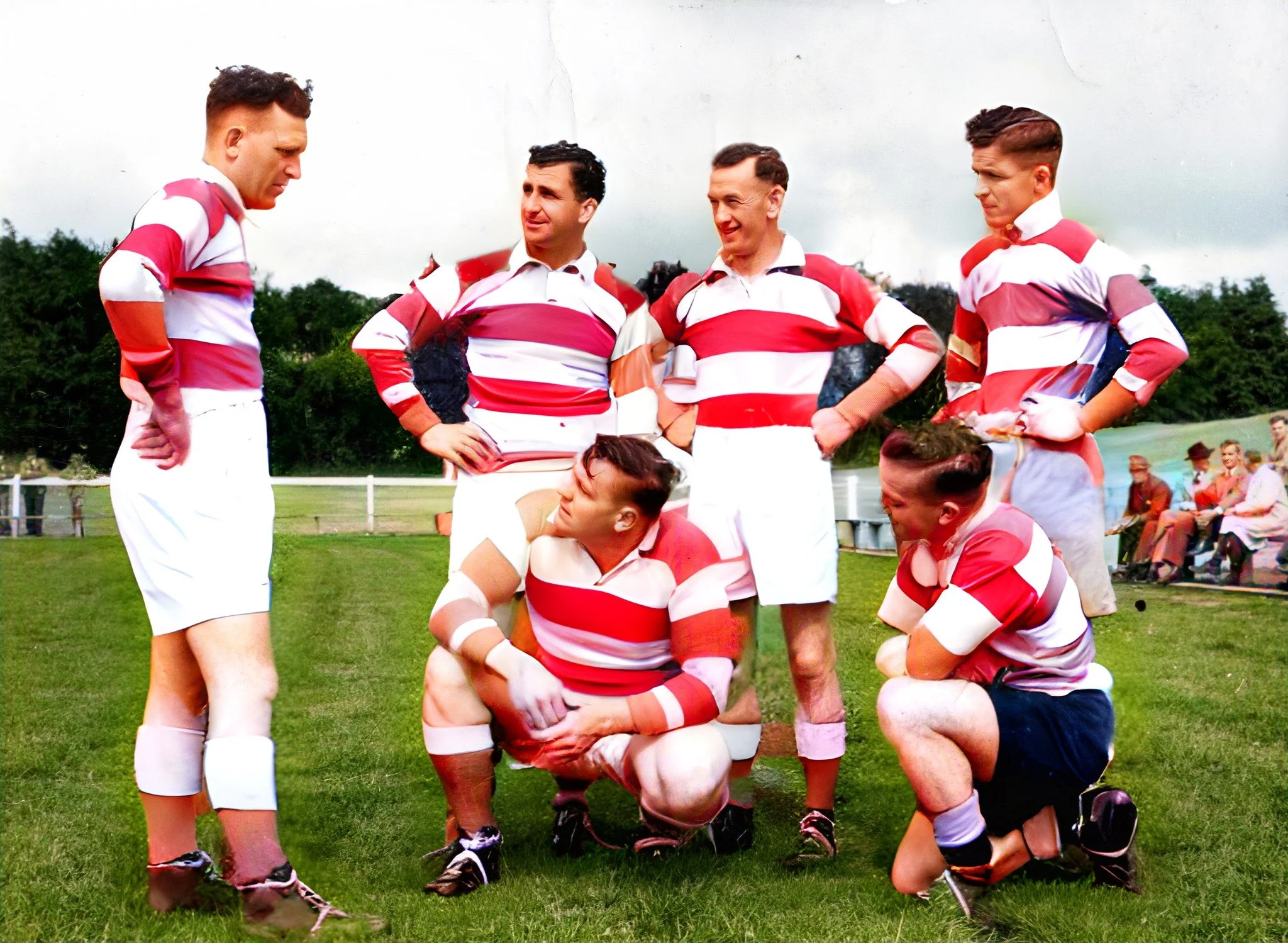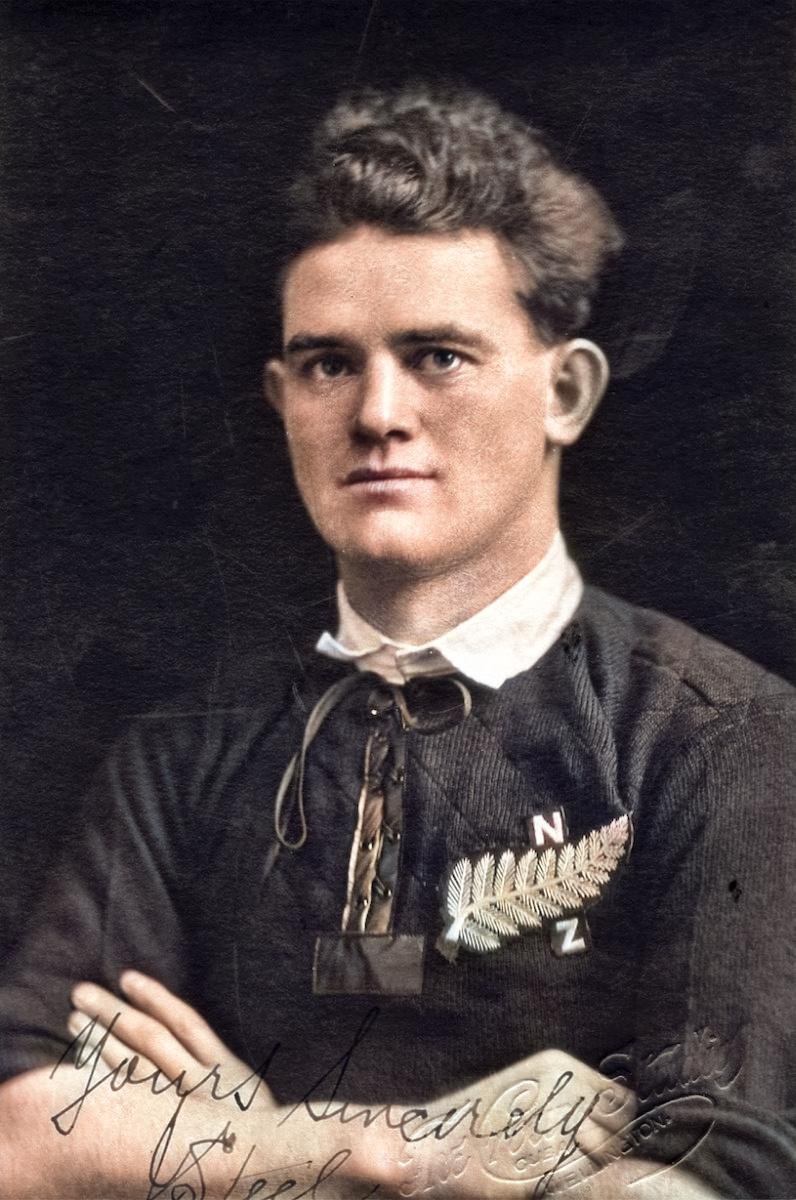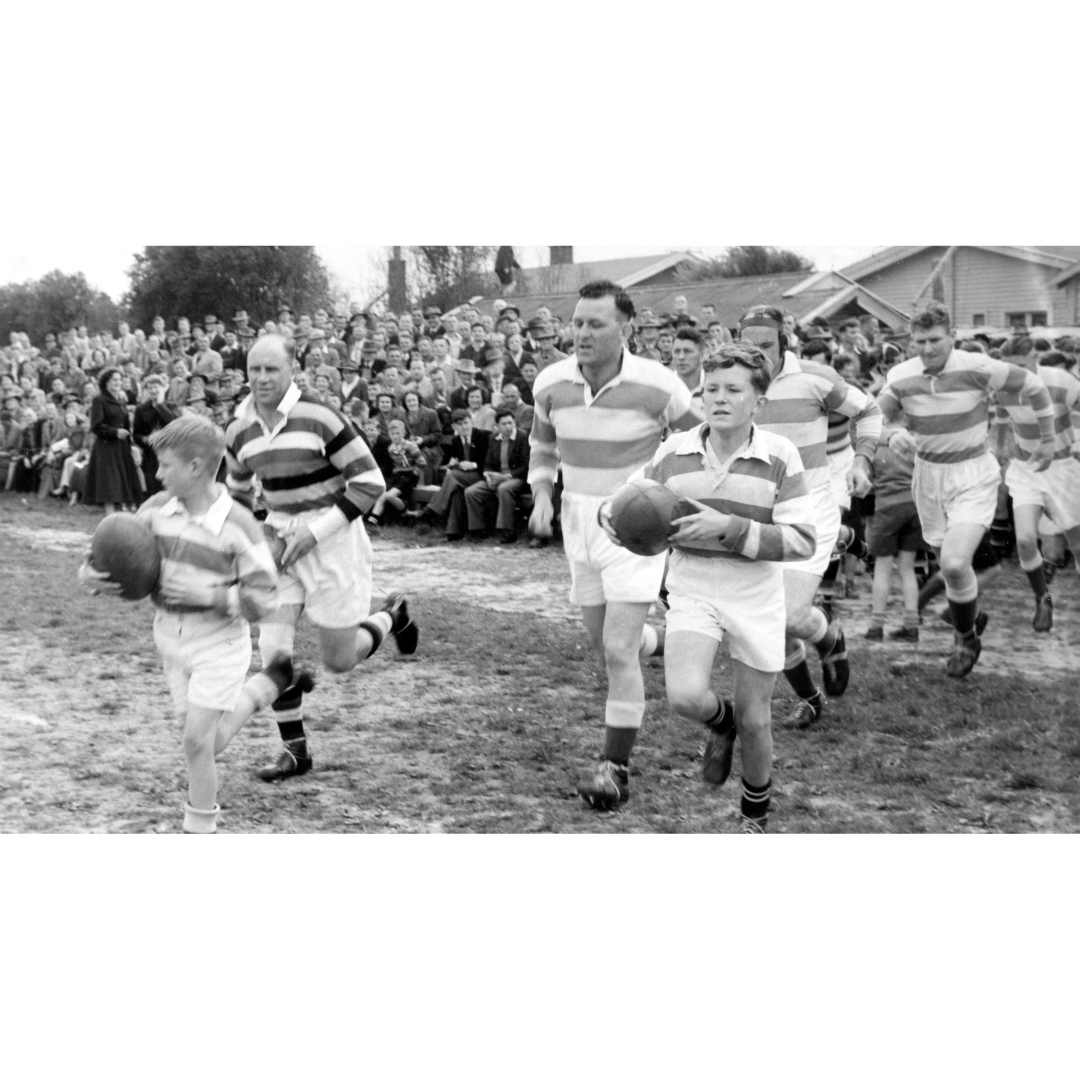
About wcru
The Mighty West Coast Rugby Football Union.
Our Story
Since 1890, the West Coast Rugby Football Union has been backing local rugby across the Westland District, Hokitika, and Greymouth. With over 130 years of history behind us, we’re proud to be part of the backbone of sport on the Coast - supporting the game, the people, and the pride that comes with pulling on the red and white.
We’re here to grow rugby at every level, from junior players learning the ropes, to club legends, to our representative team, who were one of the original sides in the National Provincial Championship. Based in Greymouth, the team plays home games at John Sturgeon Park (still known by many as Rugby Park), named after one of the most respected figures in New Zealand rugby.
Our focus has always been simple: back our people, support local clubs, and keep the game strong for future generations. Whether you're on the field, in the stands, or helping out behind the scenes, you’re part of the Coast rugby whānau — and we’re proud to have you with us.
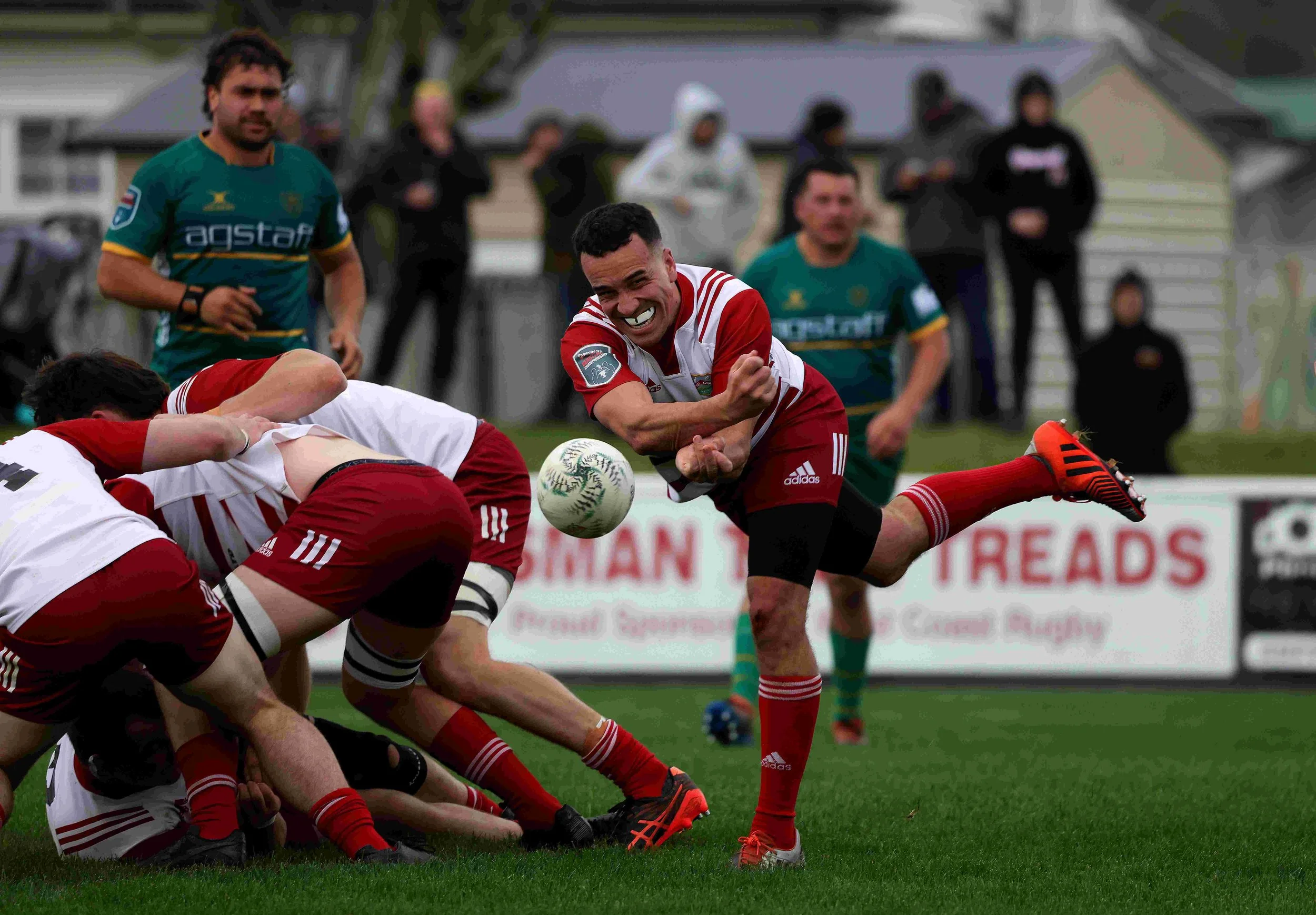
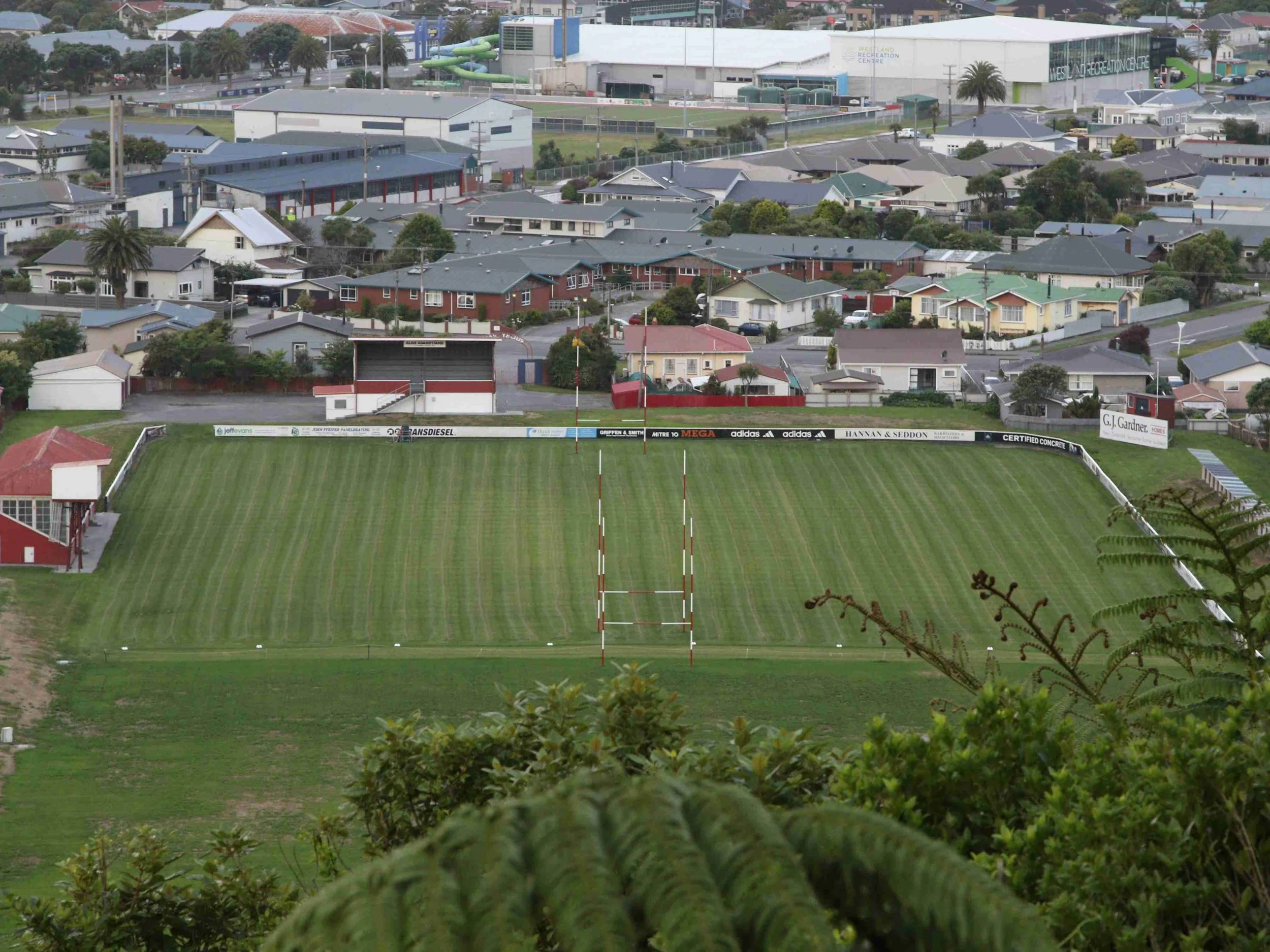
| WEST COAST RUGBY UNION EST 1890 | WEST COAST RUGBY UNION EST 1890
| WEST COAST RUGBY UNION EST 1890 | WEST COAST RUGBY UNION EST 1890

History of the West Coast Rugby Union
Our History
-
Rugby has long been woven into the fabric of the West Coast, where the game took root amid the rugged terrain, mining towns and bush settlements of New Zealand’s South Island. In colonial times, football in various forms was already popular, with matches often played between miners, bushmen, bankers and businessmen. Rules were flexible, and team sizes were agreed on the day.
-
By the late 19th century, rugby as we know it was beginning to take hold. In September 1889, an early attempt to unify the game on the Coast came with the formation of the Greymouth District Rugby Union. However, this initiative lasted only eight months. The real breakthrough came the following year, driven by the efforts of the Greymouth Football Club. On 24 May 1890, delegates from eleven clubs met in Greymouth and unanimously voted to form the West Coast Rugby Union. Joseph Petrie was appointed the Union’s first chairman, with Edmund Wickes as secretary.
-
As rugby grew in popularity, the geographical challenges of the region soon became apparent. The vast distances between clubs made competition difficult, prompting clubs in the Buller district to break away and form their own union in 1894. Despite this, the West Coast Rugby Union continued to thrive, anchored by the strong community spirit that has always defined the region.
-
In its early years, Victoria Park served as the home ground for West Coast rugby. A major step forward came in January 1931 when the Union received approval to purchase the McLean property in Greymouth. With financial and material support led by Tom Ryan, and physical labour driven by dedicated volunteers like John Guy and Tim O'Donnell, the land was cleared, drained and transformed into a playing field. Temporary stands, embankments and player sheds were also constructed, and later that year the new Rugby Park was officially opened.
In 2018, Rugby Park was renamed John Sturgeon Park in honour of one of the region’s most respected rugby figures. John Sturgeon managed both the West Coast and All Blacks teams, served nationally as a New Zealand Rugby Union councillor, vice president and president, and held the role of chairman of the West Coast Rugby Union. He was made a life member of both unions, a fitting recognition of his immense contribution to the game.
-
Though the Ranfurly Shield has never been won by West Coast, the 1932 challenge against Canterbury remains legendary. With West Coast mounting a late attack, the referee mistakenly blew full time five minutes early. Despite disappointment, the Coasters accepted it as an honest error. A return match to raise funds for the unemployed ended in a memorable 6-all draw.
In more recent history, West Coast lifted the Lochore Cup in 2023 with a home win over Poverty Bay at John Sturgeon Park — one of the proudest moments in the Union’s modern era.
-
No rivalry runs deeper than the one with neighbouring Buller, first played in 1896. In 1911, the Rundle Cup replaced the Molloy Cup as the prize for regional supremacy. Of nearly 40 inter-provincial rugby trophies in New Zealand, the Rundle Cup is the second-oldest still contested.
Another celebrated trophy is the Seddon Shield, introduced in 1906 in honour of West Coast’s own Premier, Richard John Seddon. Contested between Buller, Nelson Bays, Marlborough and West Coast, the Coast has a proud and successful history in these matches.
-
Despite its small size, West Coast has proudly produced eight All Blacks, all selected while playing their club rugby on the Coast:
Henry Butland, John Corbett, Sam Bligh, Harry Atkinson, Jack Steel (Captain), Frank Freitas, Mike Gilbert, Ronald King (Captain).
Both Jack Steel and Ron King went on to captain the All Blacks, a testament to the leadership and toughness forged on the Coast.
-
Rugby remains a vital part of life on the Coast. As part of the Crusaders Super Rugby franchise, the West Coast Rugby Union continues to support the game’s growth in New Zealand, alongside South and Mid Canterbury, Buller, Tasman and Canterbury.
The province is home to six proud clubs — South Westland, Wests, Kiwi, Marist, Blaketown and Grey Valley — representing a broad cross-section of the Coast’s communities. United by a shared passion for the game, they bring together players, coaches, and supporters from all walks of life.
From muddy paddocks and mining town origins to modern-day moments like the Lochore Cup, West Coast rugby is shaped by its people, strengthened by its past, and driven by the red and white jersey that brings it all together.
